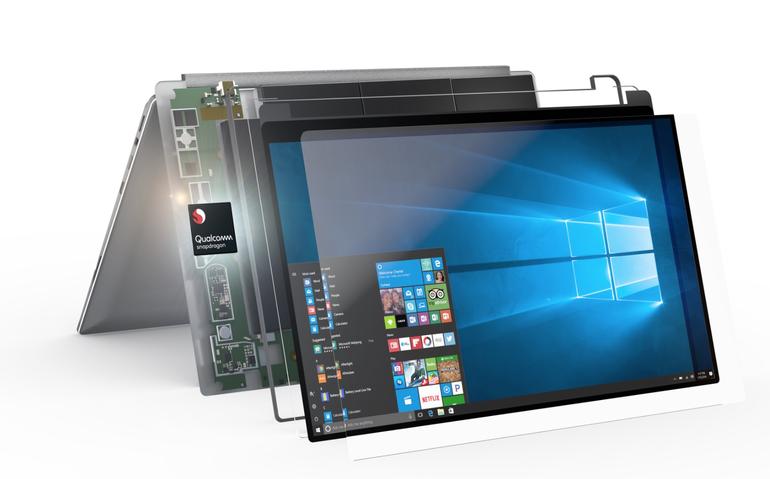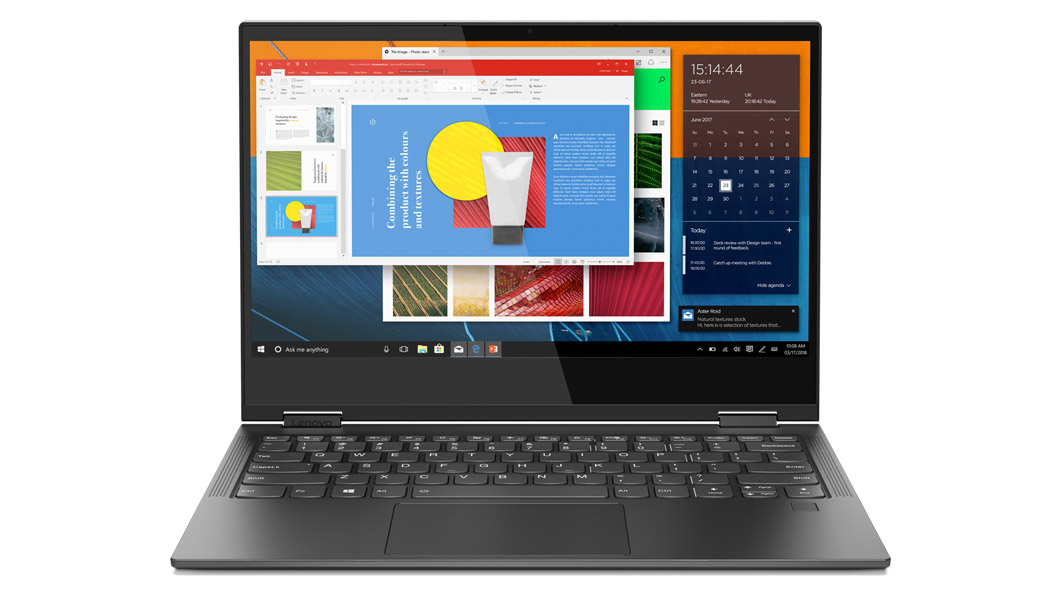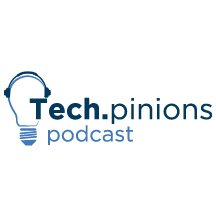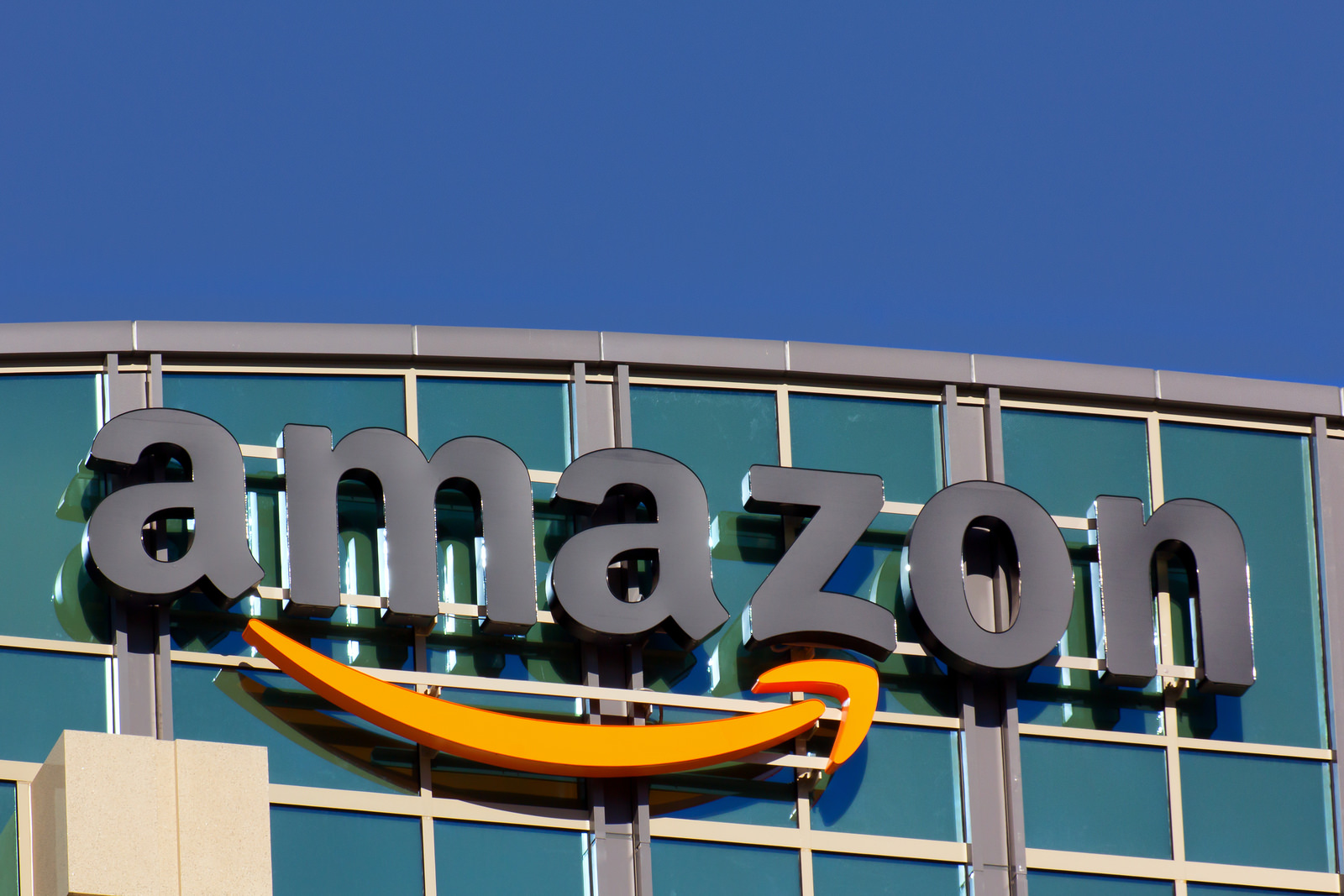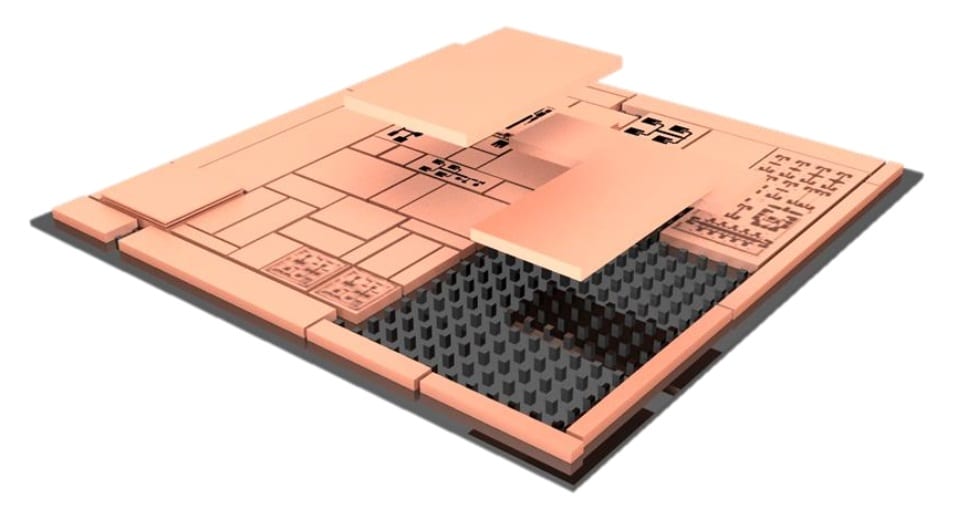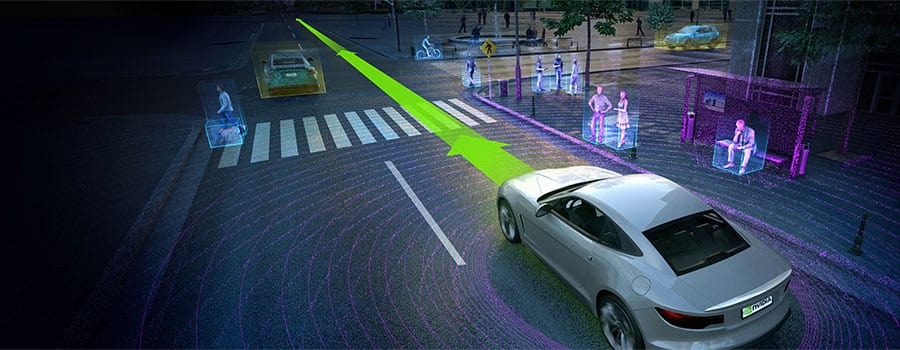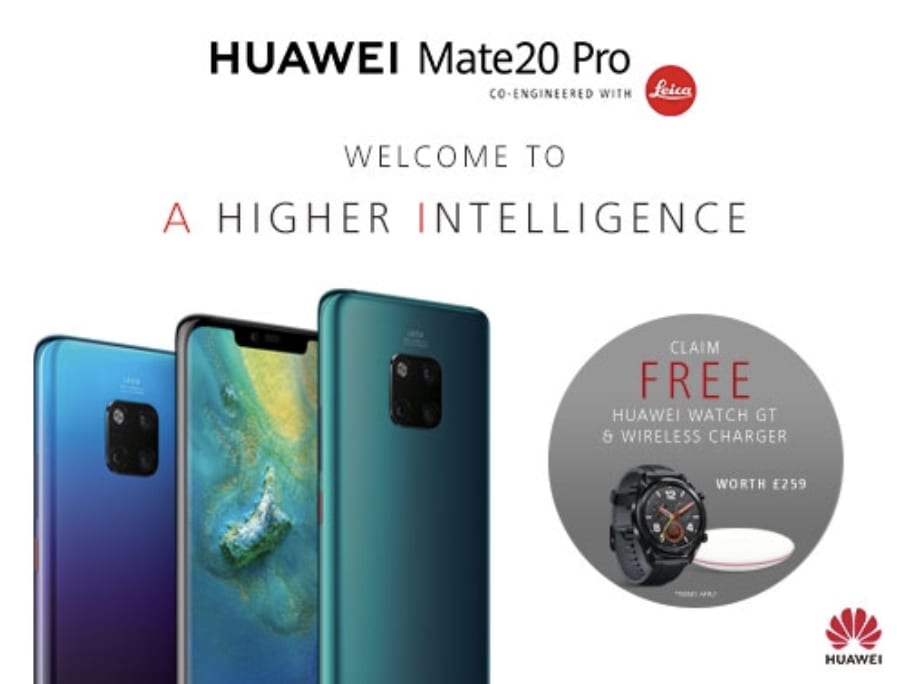My daughter is almost eleven, and she is yet to get her own phone. She really does not need one as she is homeschooled and we are the ones taking her to most of her activities. For work and play, she has both a Surface Laptop and an iPad. But last week was different as I was attending the Qualcomm Snapdragon Summit in Maui and she came with me. I let her borrow an iPhone XR so she could keep me posted of her and my mom’s whereabouts over iMessage.
Electronics at home are an “earned privilege.” Most days we trade electronics time for reading, focus during homeschool time or outstanding behavior. Of course on holiday with grandma, while mom was busy in meetings, that earning factor went out the window and there was access to an iPad in the room and an iPhone outside.
Not that I planned on it, but this “experiment” of mine came on the back of the 60 minutes special on-screen addiction, which provided a lot of information of the impact of screen-time on young brains. If you watched that or just read through the summary here, you will think I am crazy to think that after a week try-out I still plan to give my child a phone. The core reason behind my decision is that I saw how the phone in the big-wide-world for her was a tool even more so than any electronics she uses at home.
Personalization, Mobility, and Camera
Despite knowing that the phone was a week loaner, my daughter took great care in making it hers. After using her Apple ID to log in and restore from her iPad backup, she changed her locked screen, her background, chose her screen brightness and sound – which to my surprise was not mute as it has been for me for years now. You could clearly see that personalizing the phone was a way to express herself.
It was also evident that the increased mobility of the phone form factor over her iPad got her to use it more across the board but also a little differently. This meant taking advantage of different features like maps to navigate our outings, nature apps to recognize local flowers and fish, and a translation app from English to Hawaiian.
The camera that at home is mostly used to have fun with stickers and silly videos became a tool to record fun moments with a friend or document local wild-life not for posting on social media but merely to make memories. Thankfully, aside from what mom posts, my kid has no social media presence, which for some parents, I know, is too much already!
Different Gaming
Seeing how my daughter can turn into a “gremlin fed after midnight” when at home she has to stop gaming, I was concerned that a phone would just make things worse. I was amazed to see that she was playing different games to what she usually plays on her iPad. Minecraft, Fortnite, and Roblox were put aside for Sonic, puzzle games, and brain training games.
It seemed as though, her iPad is her proper gaming device while the phone was indeed a mobile gaming device used more as gap filler with simpler games. The proper gaming session would return in the evening when the phone turned into her music player, and the iPad resurfaced for gaming.
While we have consoles at home, the time spent on them is somewhat limited mostly because my child is a touchscreen gamer by nature and the controllers, to this day, feel a little foreign to her. I do wonder if the success of the Nintendo Switch – which is on her Santa’s list – is due, in part, to its ability to bridge the console and tablet experience so well.
Obsession vs. Addiction
What transpired from the week was also the difference between obsession and addiction. There is no doubt that some games lead to behaviors that closely resemble addiction. For my kid Fortnite, Minecraft and Roblox certainly show the dark side of her. Yet, what drives her is a little different for each game. With Fortnite it is about team play and not letting the team down in the game, Minecraft is about accomplishment and in Roblox is more about the social aspect of it, players are friends from school we talk to!
Outside of gaming though I feel that it is more about little obsessions rather than addiction. This is no different than discovering a book series and wanting to read the whole set in one go, or watch a movie like “Black Panther” enough times to know almost the entire script!
So in the week with her phone, I saw the current Avengers craze moving from the TV screen and comics to memes, a new vehicle for her obsession enabled by the internet. I am sure that in a few months we would move on to something else in the same way we liked pizza for the past six months and now we hate it!
My main issue with studies that look at screen time as a generic thing is that things are not as simple as that. So I do not dispute science. I am sure young brains are affected by what kids do on these devices, but it is precisely what they do that we need to look into. One data point mentioned in the program was that toddlers asked to return an iPad used to play an instrument in a game did so 45% if the time while toddlers who played a real instrument did so 60% of the time. The key here is not the screen, but the app and the gratification the app gave through different stimuli. I am sure if you tested kids doing math with pen and paper and kids doing the math on an iPad they would stop at the same rate when asked!
My Key Takeaway
So what did we learn?
For my daughter, after a week in Paradise, the biggest sadness came not from leaving sunshine, pools, and turtles but rather from returning the phone to me.
For me, this week was key to understand that learning how my child uses technology is no different than figuring out what sports she wants to engage with, what movies are appropriate for her and to some extent what kind of human being she should be. Like anything else, kids need guidance on what is right for them and what it is not, but this has much more to do with how they engage with the screen than screen time per se. In other words, not all activities done through a screen are created equal, and it is up to me as a parent to guide her to those that enrich her life. Of course, guidance alone is not going to be enough, if you are a parent you know that, so having tools that help you monitor, set the right access and making sure your child is not taken advantage of are indispensable. Pandora’s box does not have to be ripped wide open!


